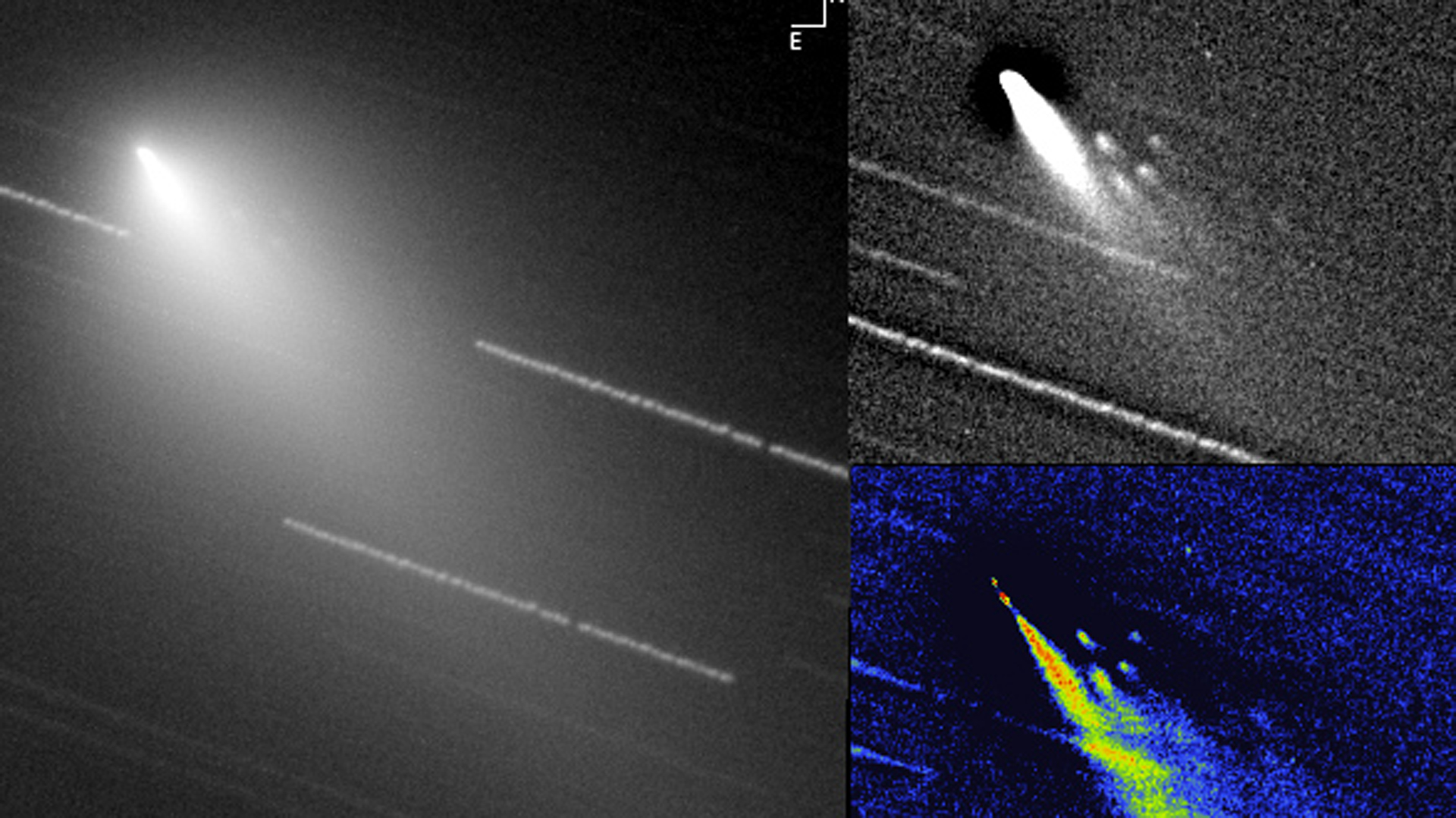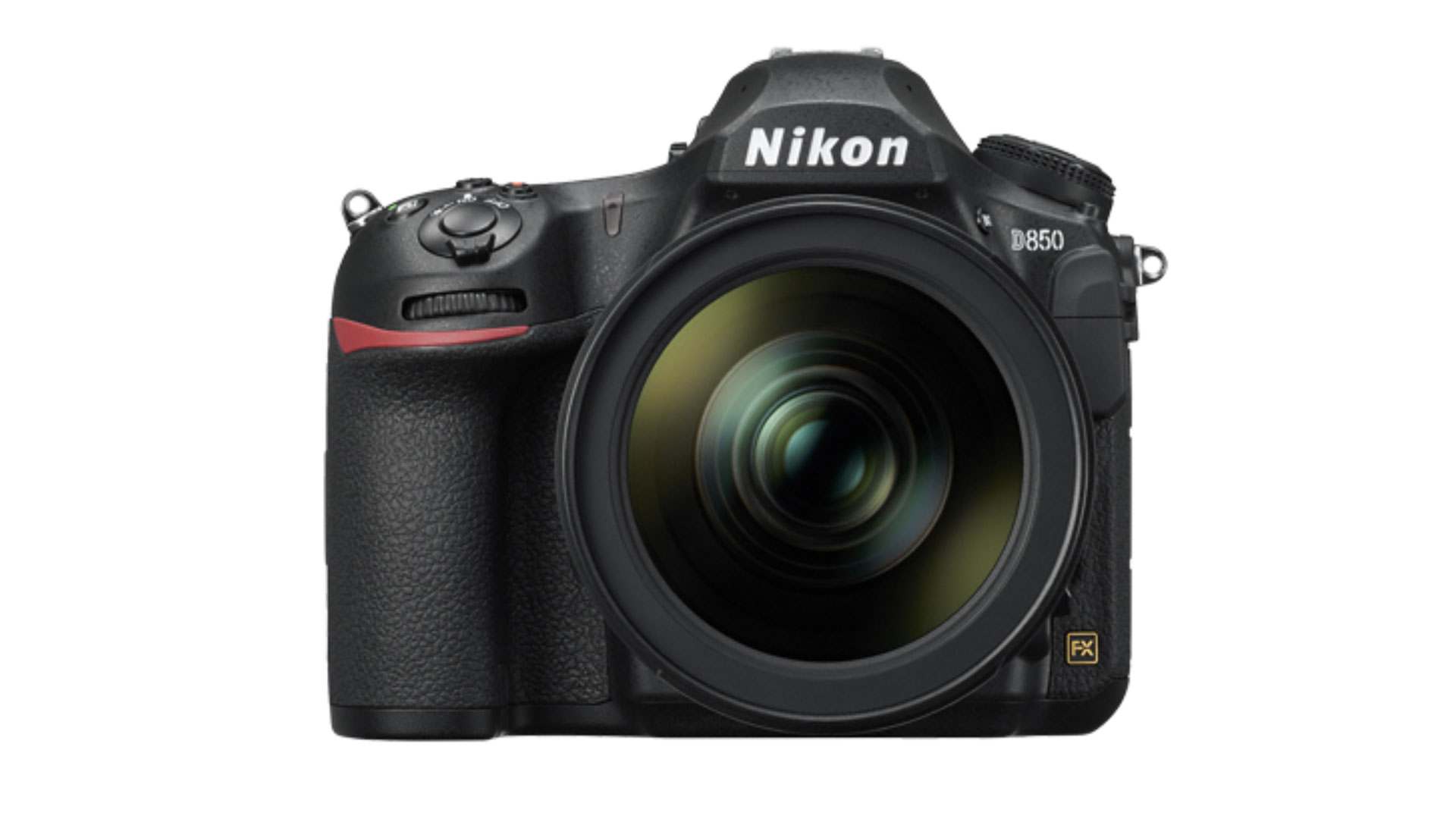How to watch the potential tau Herculids meteor storm live online tonight
The new meteor shower could amaze or fizzle out completely. But at least you can find out online.
A brand-new meteor shower could light up tonight's Memorial Day holiday sky on Monday and Tuesday (May 30-31) or it may be a big bust. But either way, you'll be able to watch it live online.
Called the tau Herculids meteor shower, the event has the potential to be a so-called "meteor storm" of 1,000 shooting stars per hour overnight Monday as the Earth passes through debris from Comet 73P/Schwassmann-Wachmann 3. But it could also fizzle out completely, scientists just don't know yet. One NASA scientist called it an "all or nothing event."
You can watch live views of the possible meteor shower overnight Monday and early Tuesday in the livestream above from the Virtual Telescope Project led by astrophysicist Gianluca Masi in Ceccano, Italy. The free webcast will begin at 12 am. EDT (0400 GMT) on May 31 and will feature views from all-sky cameras in Arizona and Brazil, Masi told Space.com. You can also watch it directly from the Virtual Telescope Project website at start time.
Related: The greatest meteor storms of all time
More: Potential meteor shower is 'all or nothing event,' NASA says


If you're looking for a good camera for meteor showers and astrophotography, our top pick is the Nikon D850. Check out our best cameras for astrophotography for more and prepare for the tau Herculids with our guide on how to photograph a meteor shower.
The potential for the meteor shower comes from the disintegrating nature of Comet 73P/Schwassmann-Wachmann 3. The comet was first discovered in 1930 and orbits the sun once every 5.4 years, coming within 5.7 million miles (9.2 million kilometers) of the sun each time.
But it is far from certain that the dusty, gassy debris from Comet 73P/Schwassmann-Wachmann 3 will spawn an impressive meteor shower, a meteor storm or anything at all.
Bill Cooke, a NASA astronomer who tracks meteor showers at the Marshall Space Flight Center in Huntsville, Alabama, has said it all depends on the speed of the material from the comet.
Get the Space.com Newsletter
Breaking space news, the latest updates on rocket launches, skywatching events and more!
"If the debris from SW 3 was traveling more than 220 miles [354 kilometers] per hour when it separated from the comet, we might see a nice meteor shower," Cooke said in a recent statement. "If the debris had slower ejection speeds, then nothing will make it to Earth and there will be no meteors from this comet."
It was Cooke who said the tau Herculid meteor shower would be "all or nothing" in the same statement.
Related: Meteor shower guide 2022: Dates and viewing advice
Outbursts from the comet between 1995 and 2000 increased its brightness, and in April 2006 the Hubble Space Telescope spotted a major fragmentation event as the comet split apart. By March 2017, as many as 68 different fragments remained of the comet.
To see any meteors from the tau Herculid meteor shower, observers should try to get away from city lights as any "shooting stars" will likely be faint due to their slow speed, NASA has said.
"If it makes it to us this year, the debris from SW 3 will strike Earth's atmosphere very slowly, traveling at just 10 miles [16 km] per second — which means much fainter meteors than those belonging to the eta Aquariids," NASA wrote in a guide."But North American stargazers are taking particular note this year, because the tau Herculid radiant will be high in the night sky at the forecast peak time."
Editor's Note: If you snap an amazing photo of the tau Herculids meteor shower and would like to share it with Space.com's readers, send your photos, comments and your name and location to spacephotos@space.com.
Email Tariq Malik at tmalik@space.com or follow him @tariqjmalik. Follow us @Spacedotcom, Facebook and Instagram.
Join our Space Forums to keep talking space on the latest missions, night sky and more! And if you have a news tip, correction or comment, let us know at: community@space.com.

Tariq is the Editor-in-Chief of Space.com and joined the team in 2001, first as an intern and staff writer, and later as an editor. He covers human spaceflight, exploration and space science, as well as skywatching and entertainment. He became Space.com's Managing Editor in 2009 and Editor-in-Chief in 2019. Before joining Space.com, Tariq was a staff reporter for The Los Angeles Times covering education and city beats in La Habra, Fullerton and Huntington Beach. In October 2022, Tariq received the Harry Kolcum Award for excellence in space reporting from the National Space Club Florida Committee. He is also an Eagle Scout (yes, he has the Space Exploration merit badge) and went to Space Camp four times as a kid and a fifth time as an adult. He has journalism degrees from the University of Southern California and New York University. You can find Tariq at Space.com and as the co-host to the This Week In Space podcast with space historian Rod Pyle on the TWiT network. To see his latest project, you can follow Tariq on Twitter @tariqjmalik.









